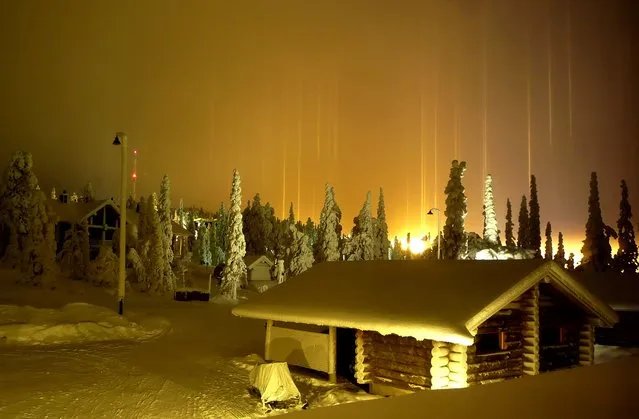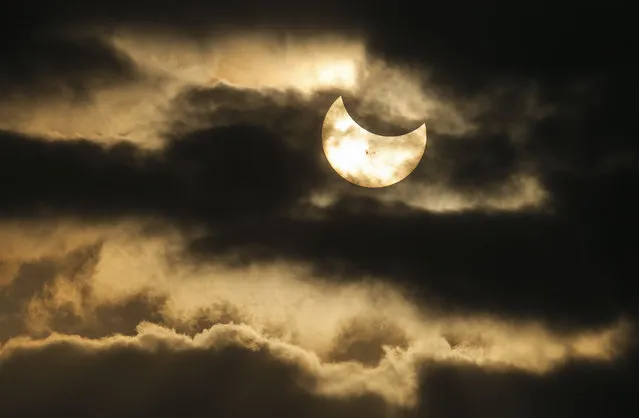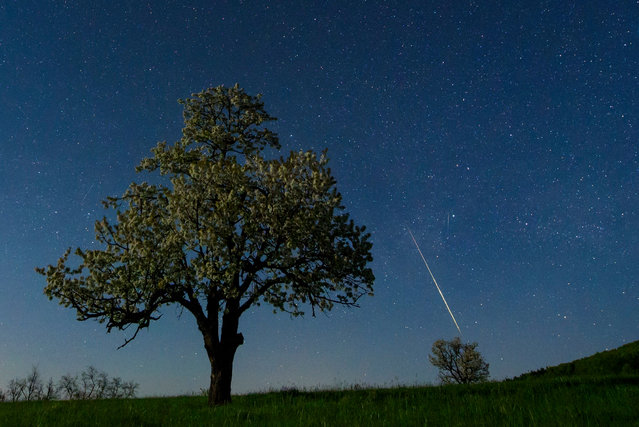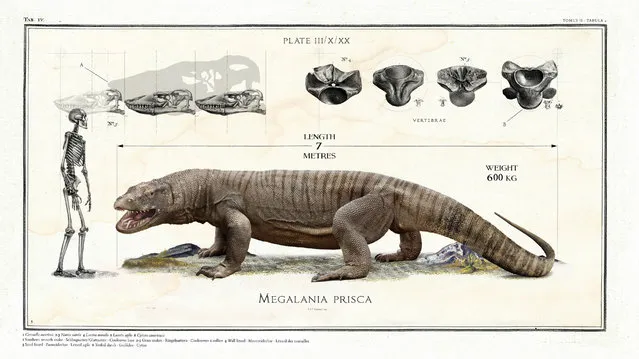
Wasibi, (r), yawns at backstage before the Algonquin Hotel’s Annual Cat Fashion Show in the Manhattan borough of New York City, New York, U.S., August 1, 2019. The theme of this year's show was “It's a Small World”. The cats represented countries including Ireland, Spain, the United Kingdom and the United States. (Photo by Jeenah Moon/Reuters)
05 Aug 2019 00:01:00,post received
0 comments







